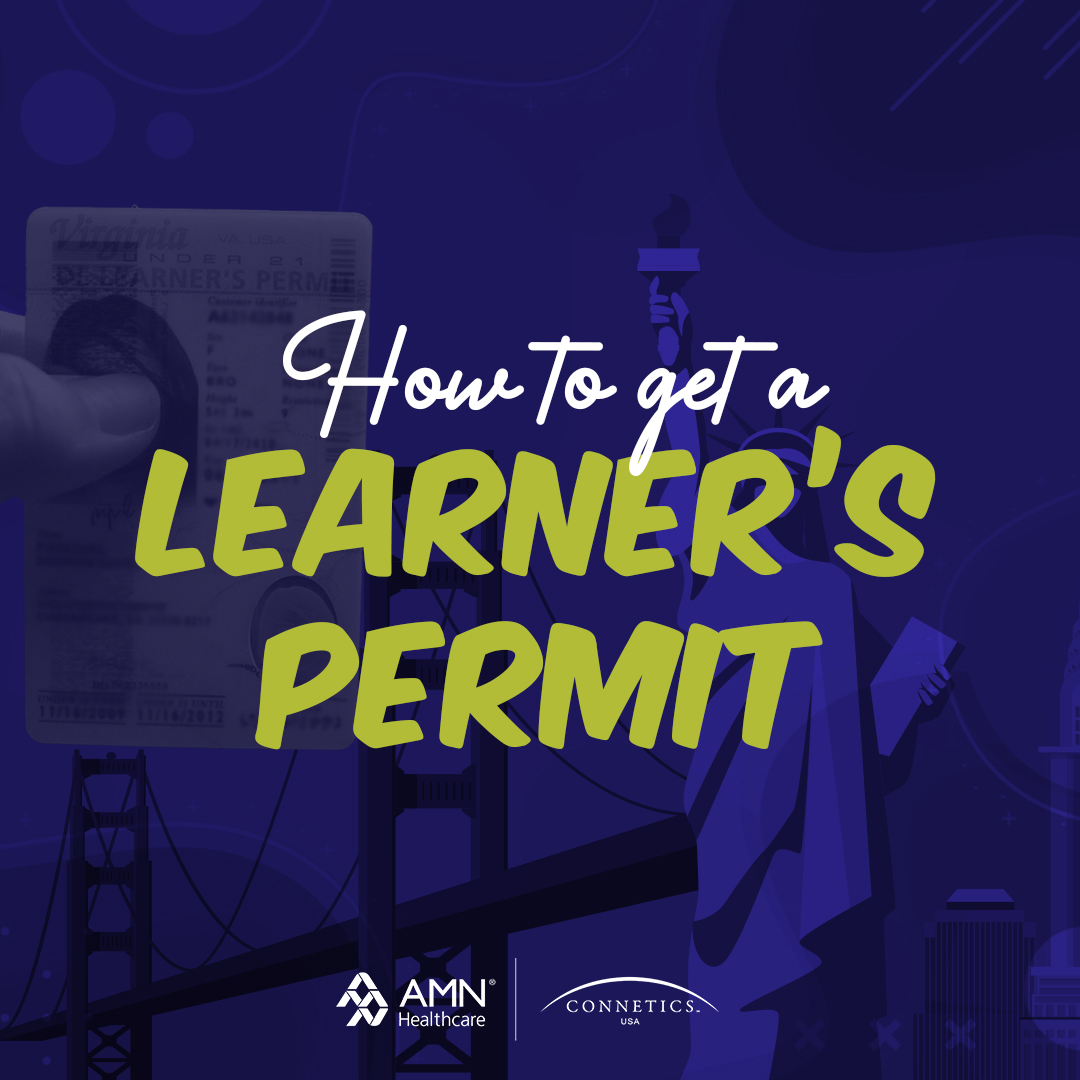How To Get A Learner's Permit
In the US, driver’s licenses are issued by individual states rather than the federal government. Because of this, the laws and procedures for obtaining a driver’s license vary, but in most states, all drivers will need to first earn a “learner’s permit” before applying for a full license. This is especially true for drivers under the age of 18, but most states will even require adults to hold a learner’s permit for a period of time (anywhere from one to six months).
What is a Learner’s Permit?
A learner's permit is most states' first step to becoming a fully licensed driver. After the learner’s permit, many states require that you then earn and hold an intermediate license, which allows you to drive without the supervision of a licensed driver for a certain period of time before finally earning a full license with no restrictions.
Learners’ permits come with certain limitations, especially for those under 18. For example, in California, drivers under the age of 18 with a learner’s permit have the following limitations:
- Cannot drive with a permit without a parent, guardian, or licensed adult aged 25 or older
- Cannot drive anyone under the age of 20
- Cannot drive between the hours of 11 p.m. and 5 a.m. for one year after receiving the license or upon reaching age 18, whichever comes first.
- The learner's permit must be held for six months.
- Learners must log 50 practice hours before graduating with an intermediate license.
Some states do have different rules for those over 18. For instance, in Oklahoma, a driver over the age of 18 only has to hold a permit for one month before they can apply for an intermediary license. Additionally, some states allow drivers over the age of 21 to skip the learner’s permit altogether: in Colorado, for example, you can take and pass the written tests for your permit and full license tests on the same day, and if you pass, can earn your full license as soon as you pass a driving test (sometimes referred to as a “behind the wheel” test).
Additionally, some states have “reciprocity agreements” with specific countries, allowing drivers from these countries to completely bypass the permitting step and exchange their home country's license for their new state’s license. It’s important to note that each state has its own rules, so make sure to check the laws in your state!
How to Earn a Learner’s Permit
Again, policies are going to vary by state, so your first step should always be to visit the website of the governing body that issues the licenses in your state (often called the Department of Motor Vehicles) and note the required procedure. Generally speaking, the procedure will include the following steps:
- Enroll in driver’s education. Some states require drivers to undertake a specific number of hours in an accredited driver’s education course to apply for a permit. This is especially true for those under the age of 18. Even if your state doesn’t require it, it’s often a good idea to enroll in a course, as it’s the best way to prepare for your written knowledge test.
- Log supervised driving hours. While most driver’s education programs will be held in a classroom (or online) and are rule and theory-based, this sometimes required step is the practical application of what you learn. Each state has its own policy regarding how many practice hours you must log before applying for the permit, but most require 6. Most states also require these hours to be performed through a driver’s education program, which will issue you a certificate that you’ll need to show when you apply for the permit test.
- Pass a written knowledge test. Nearly all states require anyone applying for a learner’s permit to pass a written test based on the driving laws of that state. Driver’s education courses will prepare you for the written test. If you aren’t enrolling in a driver’s education course and plan to study on your own, visit the website of the governing body that issues the permits to find out more about the format, length, and passing marks of the test. Get a copy of the state’s driver’s handbook, which is often available in electronic format, and give yourself at least two weeks to study for the test. Many states also offer practice tests on its website to help you study.

